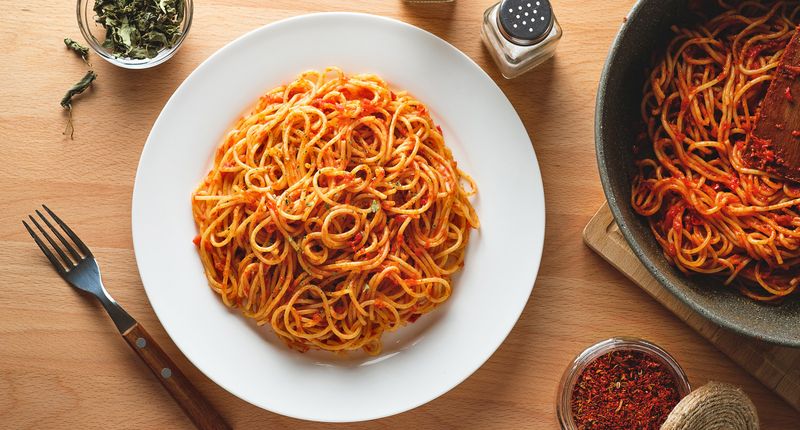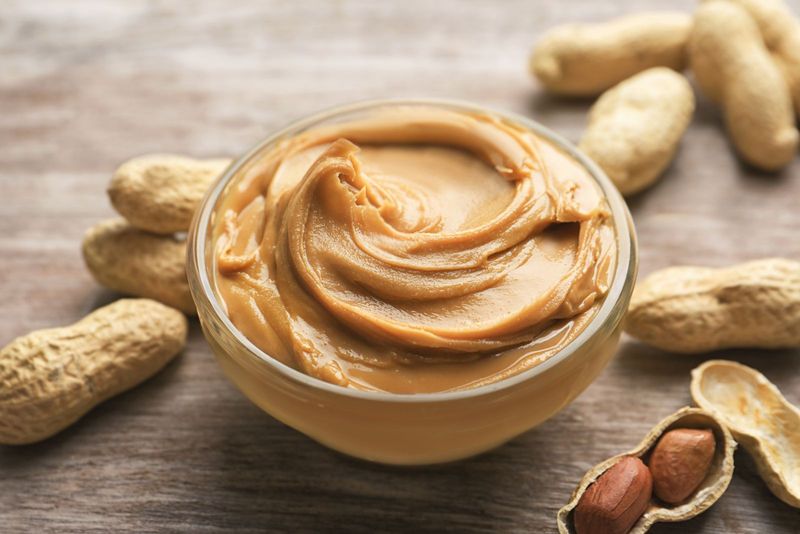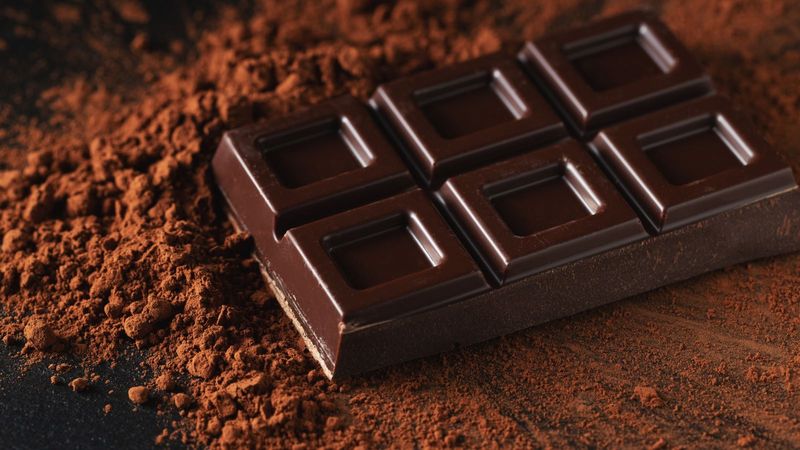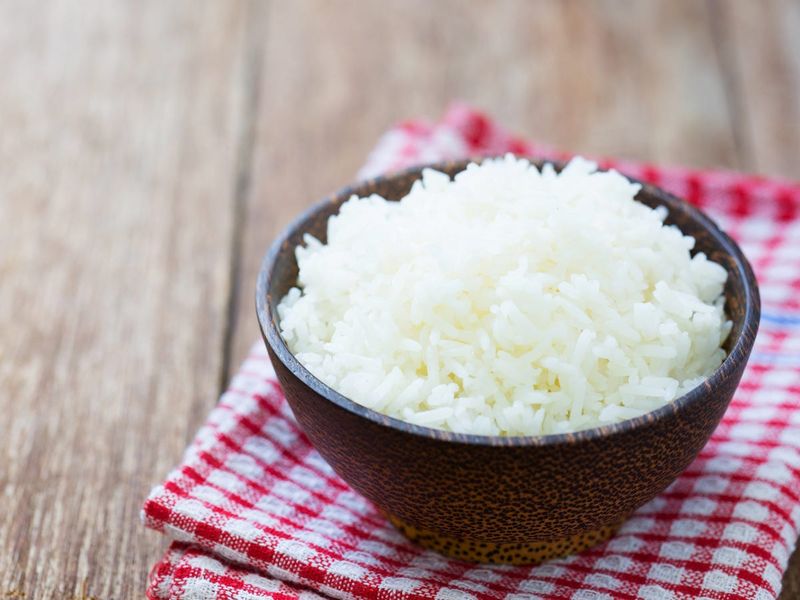Food myths spread faster than butter on hot toast. Many of us grew up believing certain foods were dietary villains, only to discover later that nutrition science tells a different story. What if those ‘bad’ foods you’ve been avoiding are actually nutritional heroes in disguise? The truth is, many once-demonized foods offer surprising health benefits when eaten in moderation and prepared properly.
1. Potatoes: The Unfairly Maligned Tuber

Potatoes fell from grace when low-carb diets became popular, but nutritionists recognize their value. One medium potato packs more potassium than a banana, along with vitamin C, B6, and fiber—especially in the skin.
The preparation method makes all the difference. Baked or boiled potatoes are nutritional powerhouses, while deep-fried versions lose their health halo. Resistant starch in cooled potatoes even feeds beneficial gut bacteria.
Fun fact: Colored varieties like purple potatoes contain anthocyanins, the same antioxidants found in blueberries. Next time someone tells you potatoes are empty calories, remember they’ve been a nutritious staple food for thousands of years.
2. Eggs: From Cholesterol Concern to Protein Powerhouse

Remember when eggs were considered heart attacks waiting to happen? Those days are over. Modern research shows dietary cholesterol has minimal impact on blood cholesterol for most people.
A single egg delivers 6 grams of complete protein and essential nutrients like choline for brain health, lutein and zeaxanthin for eye health, and vitamin D. The yolk contains most of these nutrients, so whole eggs beat egg whites nutritionally.
Many nutritionists now recommend eggs as an affordable, versatile protein source. They make an excellent breakfast choice that keeps hunger at bay longer than sugary cereals or pastries—something your grandmother probably knew all along.
3. Full-Fat Dairy: The Creamy Comeback Kid

For decades, we reached for skim milk and fat-free yogurt believing we were making the healthier choice. Surprise! Research now suggests full-fat dairy might actually help with weight management and reduce diabetes risk.
The fat in dairy helps your body absorb fat-soluble vitamins like A, D, E and K. It also contains conjugated linoleic acid (CLA), which may have anti-inflammatory properties. Plus, the fat makes dairy more satisfying, potentially preventing overeating later.
Many nutritionists now recommend choosing whole-milk yogurt without added sugar over fat-free versions loaded with sweeteners. Quality matters too—organic or grass-fed options provide more beneficial fatty acids than conventional dairy products.
4. Pasta: Carb-Loading Without the Guilt

Pasta lovers, rejoice! This Mediterranean staple isn’t the diet disaster it’s been made out to be. The key lies in portion control and preparation method.
Al dente pasta (cooked firm) has a lower glycemic index than soft pasta, causing a gentler blood sugar response. Whole grain varieties add fiber, while protein-enriched options boost satiety. Studies of Mediterranean eating patterns show pasta consumption is associated with healthier body weights when part of a balanced diet.
Try the Italian approach: make pasta a side dish rather than the main event, pair it with vegetables and healthy fats, and save the creamy Alfredo sauce for special occasions. Cooking and cooling pasta creates resistant starch, which acts like fiber in your digestive system.
5. Peanut Butter: Spreadable Nutrition in a Jar

Peanut butter got a bad rap for its fat content, but nutritionists now recognize it as a nutritional goldmine. Two tablespoons pack 8 grams of plant protein, 2 grams of fiber, and heart-healthy monounsaturated fats.
Regular peanut butter consumption has been linked to reduced risk of heart disease and type 2 diabetes. The combination of protein, fat, and fiber makes it incredibly satisfying, helping to prevent mindless snacking. Even better news: natural peanut butter contains resveratrol, the same antioxidant found in red wine.
The catch? Choose natural varieties with just peanuts and maybe salt—skip those with added oils, sugar, and stabilizers. And yes, measure your portions—peanut butter’s deliciousness makes it dangerously easy to overeat!
6. Dark Chocolate: The Sweet Treat With Benefits

The redemption of chocolate might be nutrition science’s most delicious discovery. High-quality dark chocolate (70%+ cocoa) contains flavanols that support heart health by improving blood flow and lowering blood pressure.
The antioxidants in dark chocolate exceed those in many fruits! These compounds fight inflammation and may improve brain function. Dark chocolate even contains small amounts of fiber, iron, magnesium, and other minerals.
Moderation remains key—aim for a small square or two (about an ounce) a few times weekly. Look for chocolate with minimal added sugar and higher cocoa percentages for maximum benefits. Who knew that something so satisfying could also support your health? Just don’t use this as permission to devour an entire chocolate bar daily!
7. Popcorn: The Whole Grain Snack You’ve Overlooked

Movie theater popcorn drowning in butter and salt gives this snack a bad reputation. Strip away those unhealthy additions, and you’ll discover a surprisingly nutritious whole grain packed with fiber and antioxidants.
Air-popped popcorn contains polyphenols—plant compounds that combat oxidative stress. Three cups provide nearly 4 grams of fiber for just over 100 calories. This high-volume, low-calorie profile makes it perfect for satisfying crunchy cravings without derailing healthy eating goals.
Make your own by air-popping kernels and lightly seasoning with olive oil, nutritional yeast for cheesy flavor, or herbs and spices. Skip microwave varieties with artificial ingredients and unhealthy oils. Your nutritionist would approve of this whole grain snack that feels like an indulgence!
8. White Rice: Simple Carbs With Cultural Significance

White rice often gets lumped with refined carbs as nutritionally empty, but this staple deserves a second look. While brown rice contains more fiber and nutrients, white rice has cultural importance worldwide and offers its own benefits.
Enriched white rice provides essential B vitamins and iron. Its easy digestibility makes it ideal for sensitive stomachs and athletes needing quick energy. White rice paired with beans creates a complete protein, explaining why this combination appears in cuisines globally.
The glycemic impact varies by variety—basmati and jasmine types have lower glycemic responses than short-grain varieties. Cooling cooked rice increases resistant starch content, which feeds beneficial gut bacteria. Nutritionists recognize white rice as a practical, affordable carbohydrate source when balanced with proteins and vegetables.
Leave a comment